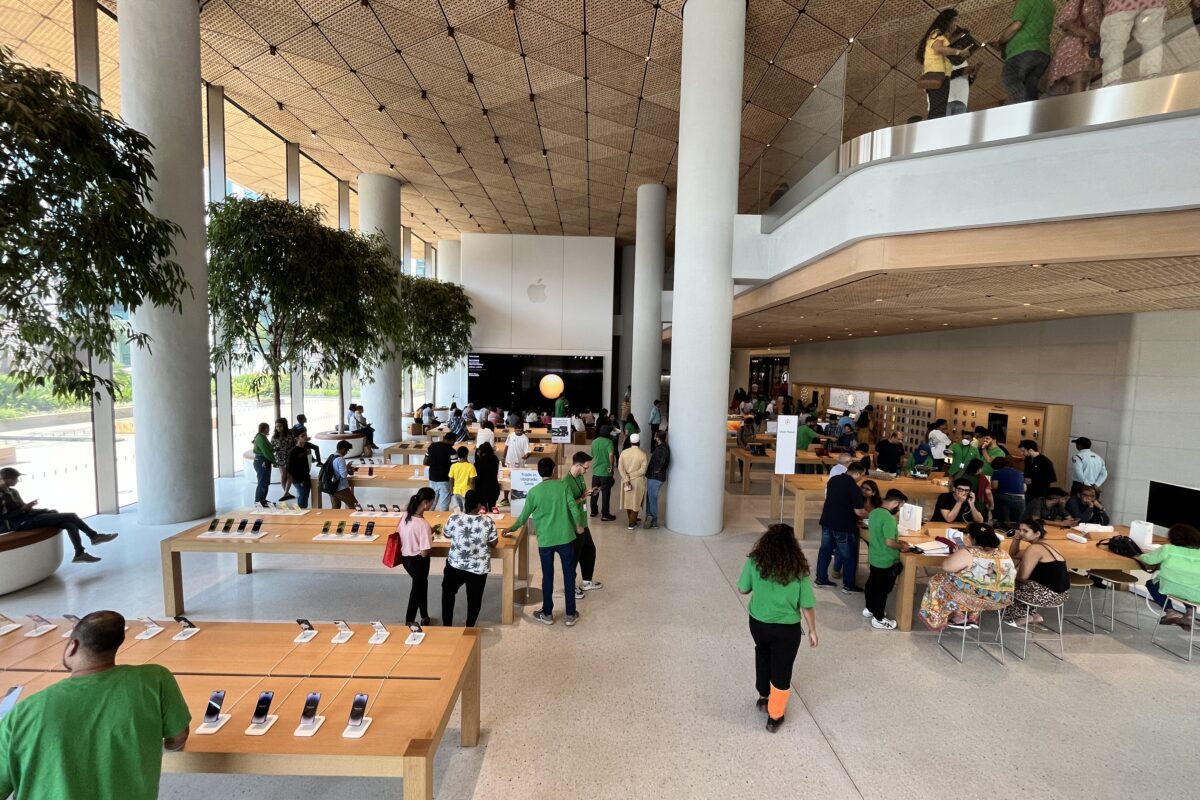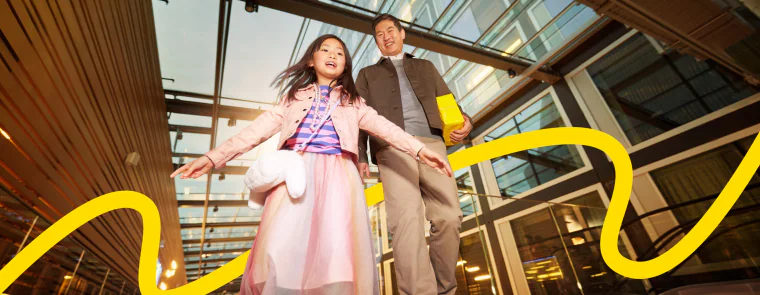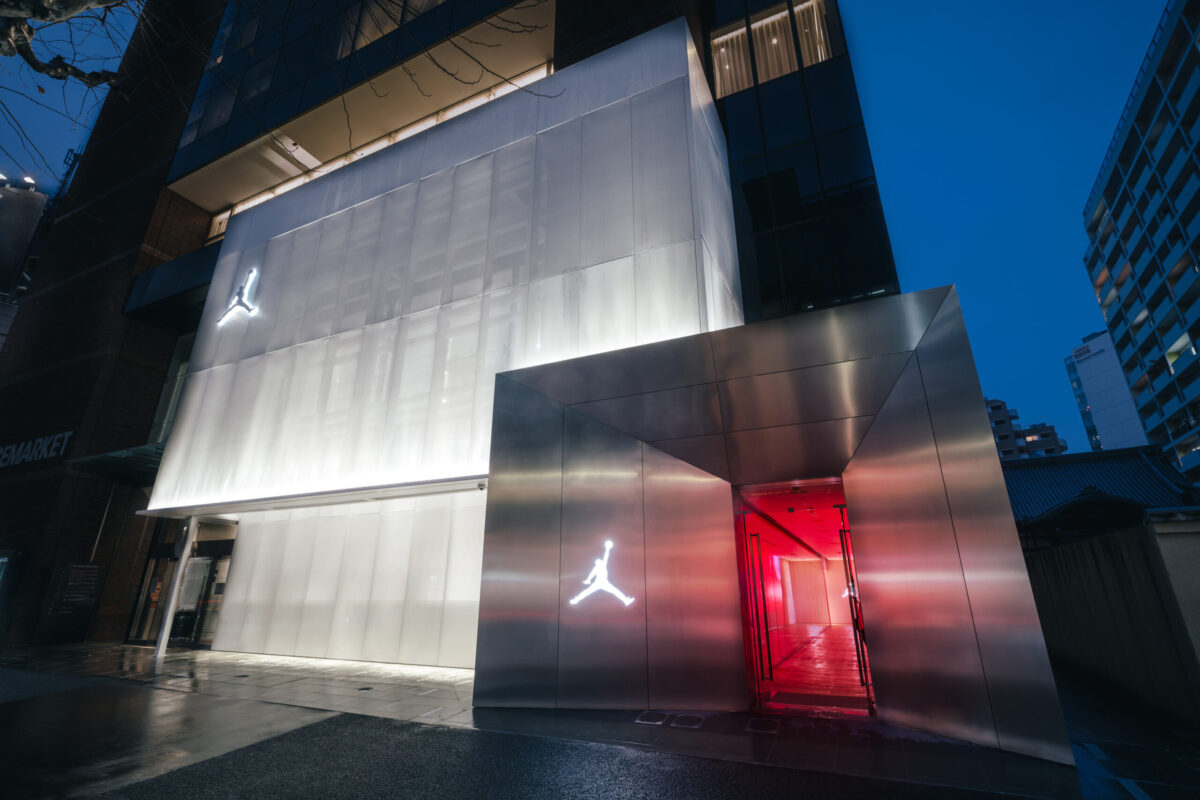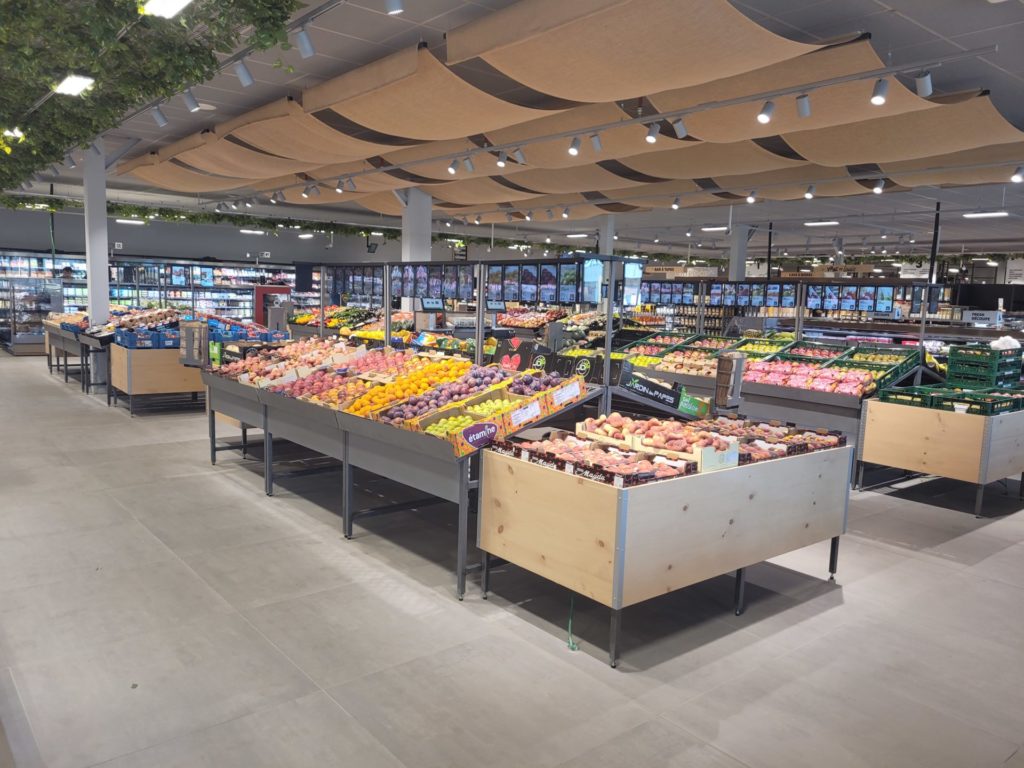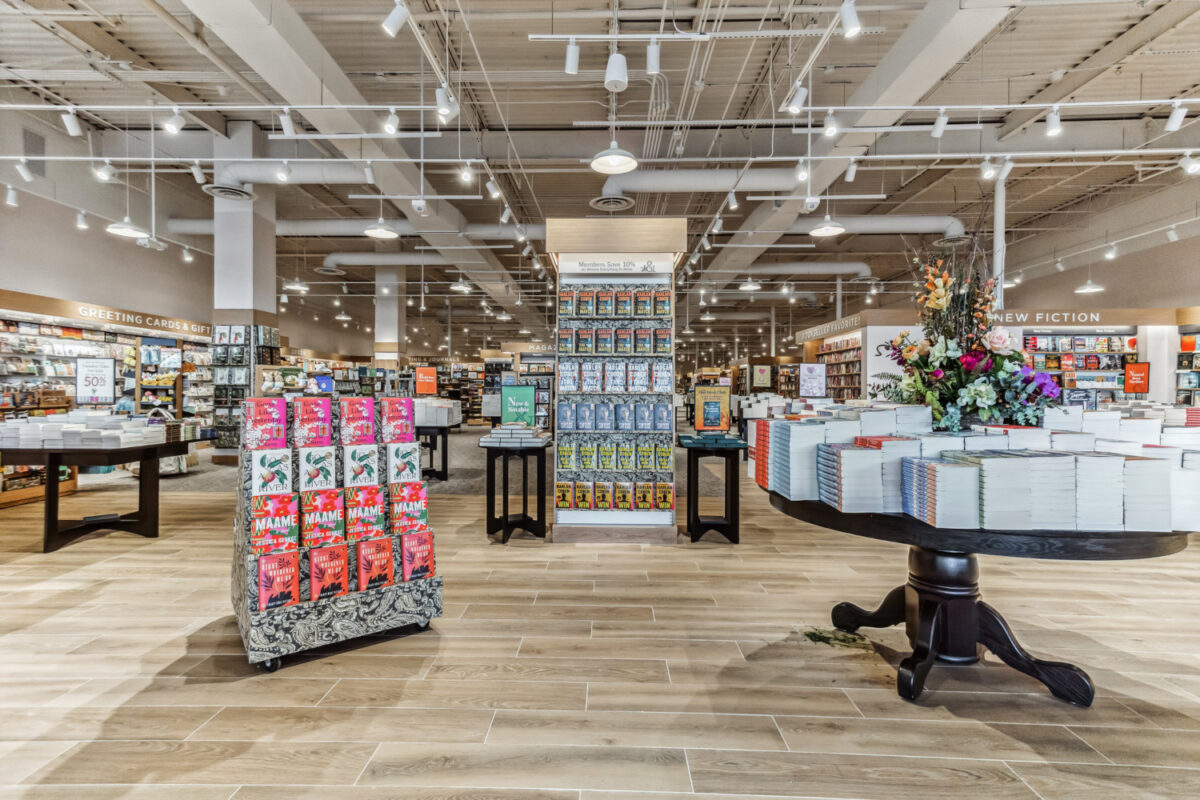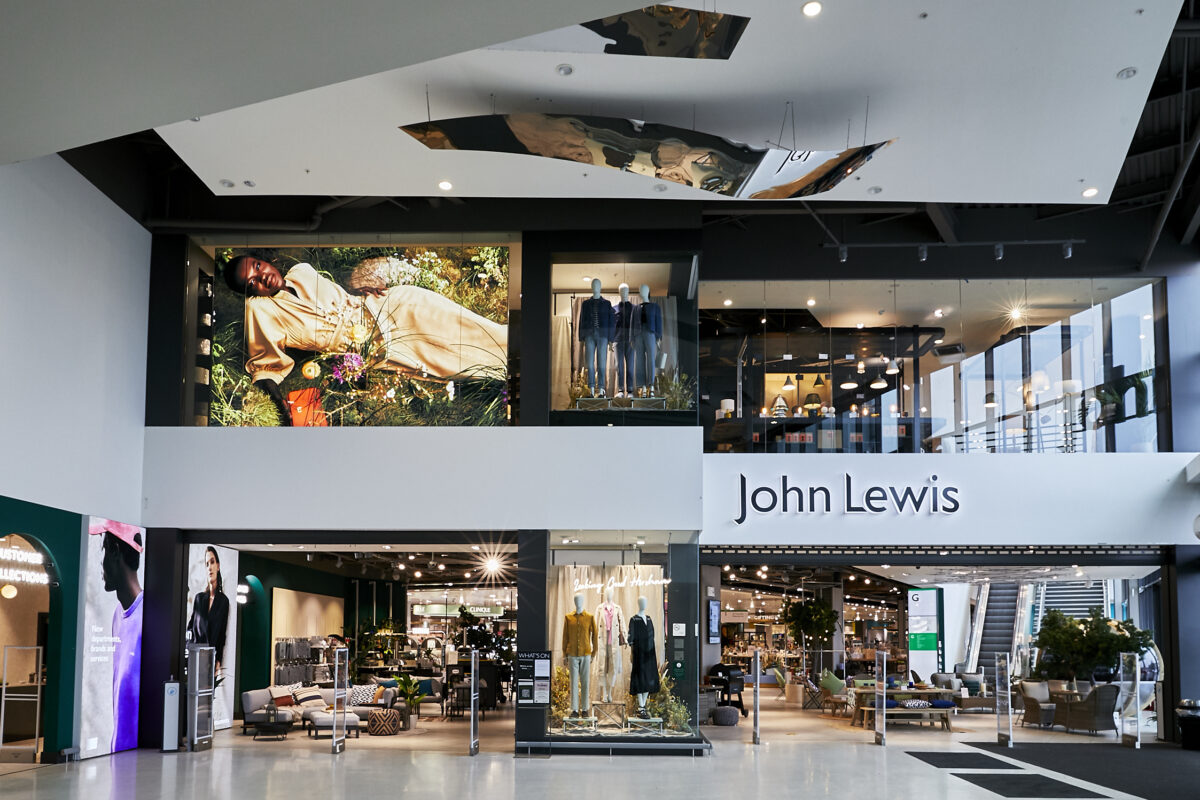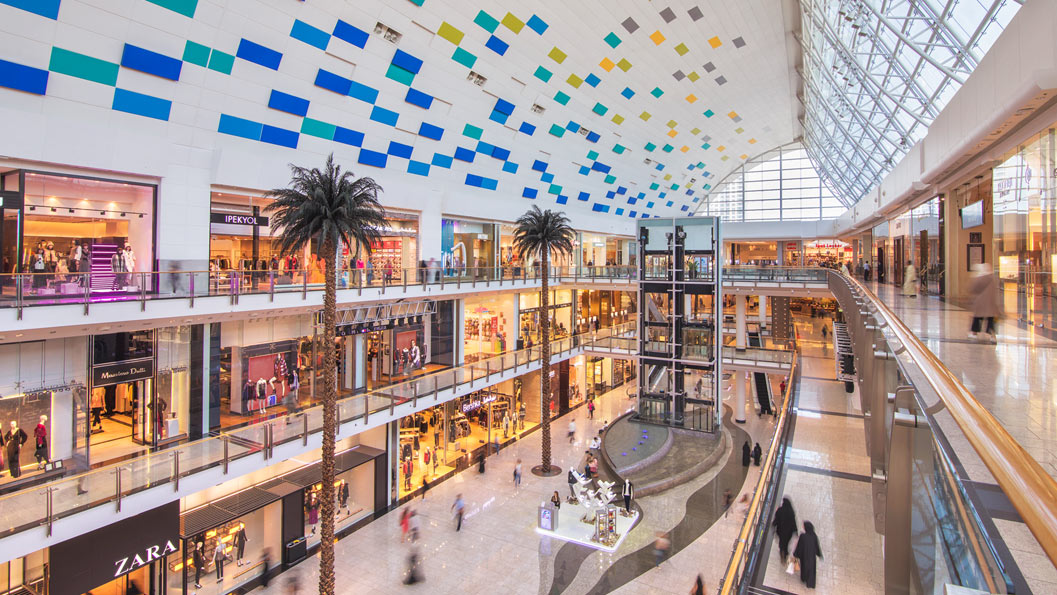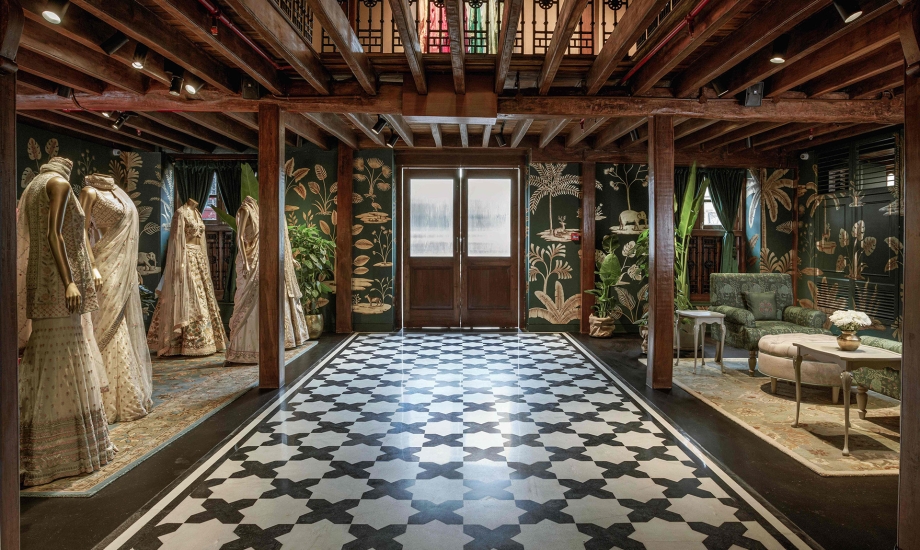What must actually be taken into account in point of sale fitting?
Whether it’s a supermarket, a fashion boutique or a DIY store – a variety of POS architectures and designs are required depending on the retail format. Lisa Beck, managing director of atelier 522, provides a few tips.
Mrs Beck, not all materials are suitable for use in POS fitting. Do you have any selection tips?

Lisa Beck: “Increasingly, the point of sale area must reflect the needs and expectations of customers of individual stores – it’s all about emotions!“ // © atelier 522
Lisa Beck: What you need to bear in mind when choosing materials is that a lot of dust is created by items of clothing in the POS area. So, the surfaces should be easy to clean. Furthermore, metals and heavy objects cause wear and damage to the surfaces. Our advice is to choose smooth, scratch-resistant materials without indentations.
How has digitalisation changed POS fitting?
We have noticed that the appliances being installed on the POS are becoming smaller. Mobile phones, tablets and small monitors are being used more frequently. This offers new options for shopfitting: points of sale can be more elegant and designed more freely.
Within this process the self-checkout is becoming more popular. What does a POS area now need to offer from a structural standpoint?
It needs to be neat. Steps and their sequence must be apparent to the customer at first glance. Where is the scanner? Where can I pay? Where are the bags for packing my purchases? When do I scan my customer card? And to prevent theft points of sale also need to be clearly visible to staff.
Supermarket, small fashion boutique or large DIY store – what are the various challenges facing merchants and shopfitters today?
For a supermarket efficiency and speed are paramount. It should not take long to scan and weigh goods. At peak times supermarkets get crowded very quickly and queues can form so an especially large number of points of sale need to be installed. The point of sale must also be clearly identifiable as such. The customer desires visibility and wants to find the exit as quickly as possible after paying.
In smaller fashion stores, however, the obvious point of sale look is out of place. Retailers can make the point of sale look more elegant, turn it into more of a counter or meeting place; perhaps even serve coffee or espresso. Here, in contrast to the supermarket checkout, personal interaction is what matters and not mass processing. The points of sale should be defensively placed, and a small number generally suffices.
But it is different for the large fashion chains. Here lots of points of sale are required which – as in supermarkets – must be highly efficient. The point of sale must not only be functional but also visually appealing and fit into the design of the store as a whole – elegance and fashion sense must be to the fore in the look.
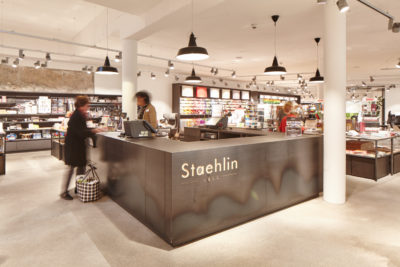
© atelier 522
In a DIY store large objects are frequently sold which need to be transported and scanned. So, points of sale must be spacious, large and robustly built. The latter characteristic is especially important as they need to be able to withstand the impact of heavy slabs and other items. They also need to be functional so that purchases can be efficiently processed. The cashiers need to be able to leave their checkouts and require cordless scanners. Ikea, for example, has achieved a very high level with its processes and has even trained its customers to load their purchases on their trolleys with scan codes facing forwards. But despite the need for functionality, it goes without saying that point of sale areas can also look attractive.
What might the point of sale of the future look like?
There isn’t a “point of sale of the future”. Every shop and café has specific requirements of a point of sale depending on its size. In general, digital points of sale will evolve further and simplify order methods. Cash will be used less, with payment by card and other methods – e.g. by mobile phone or app – becoming the norm. In small, personal stores it will remain important to have staffed points of sale. In the large supermarket, fashion and DIY store chains the trend in favour of self-checkouts will continue to intensify. Naturally this achieves huge personnel cost savings but only time will tell if these impersonal methods continue to hold sway.
Interview: Katja Laska
First published at iXtenso – Magazine for Retailers







